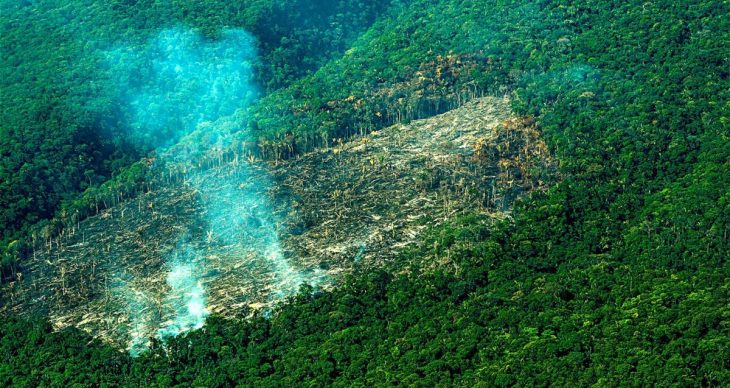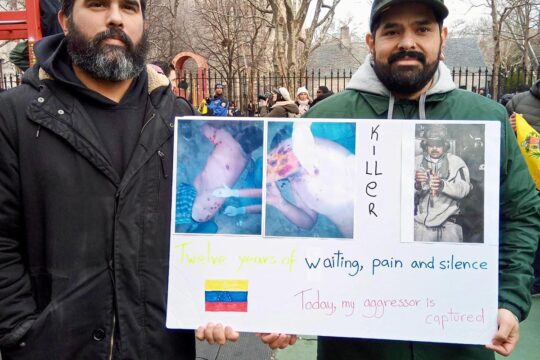Over the past 25 years, at least 11 national park rangers have died in violent circumstances in Colombia while safekeeping the natural areas under their care, powerless against the financial interests of multi-million dollar businesses such as drug trafficking, illegal mining, and war.
However, the signing of a peace agreement with the former Revolutionary Armed Forces of Colombia (FARC) in 2016 has opened a window of opportunity to understand what happened to them. A group of respected environmental scientists and leaders has been working since last year on a proposal for the new transitional justice to investigate the ways in which the environment and its caretakers have been affected by violence, as part of its core mission to investigate and judge the crimes that took place in the context of the Colombian armed conflict.
In the two cases of Martín Duarte of La Macarena Range National Park and Jairo Varela of Paramillo National Park, there is strong evidence that FARC guerrilla members who laid down their weapons two years ago and are in the process of reintegration into civilian life are accountable for their death. The FARC could therefore, as part of their commitment to peace, help these families understand what happened and ask them for forgiveness.
The guardian of La Macarena
Martín Duarte was so satisfied with his job as a park ranger that he decided to study an undergraduate degree to become an even better civil servant. The mission of this 36-year-old agricultural technician from Bogotá was to safe keep La Macarena Range National Park, a rocky oasis in the middle of the lowlands where the Colombian Amazon begins, slightly detached from the Guiana Shield.
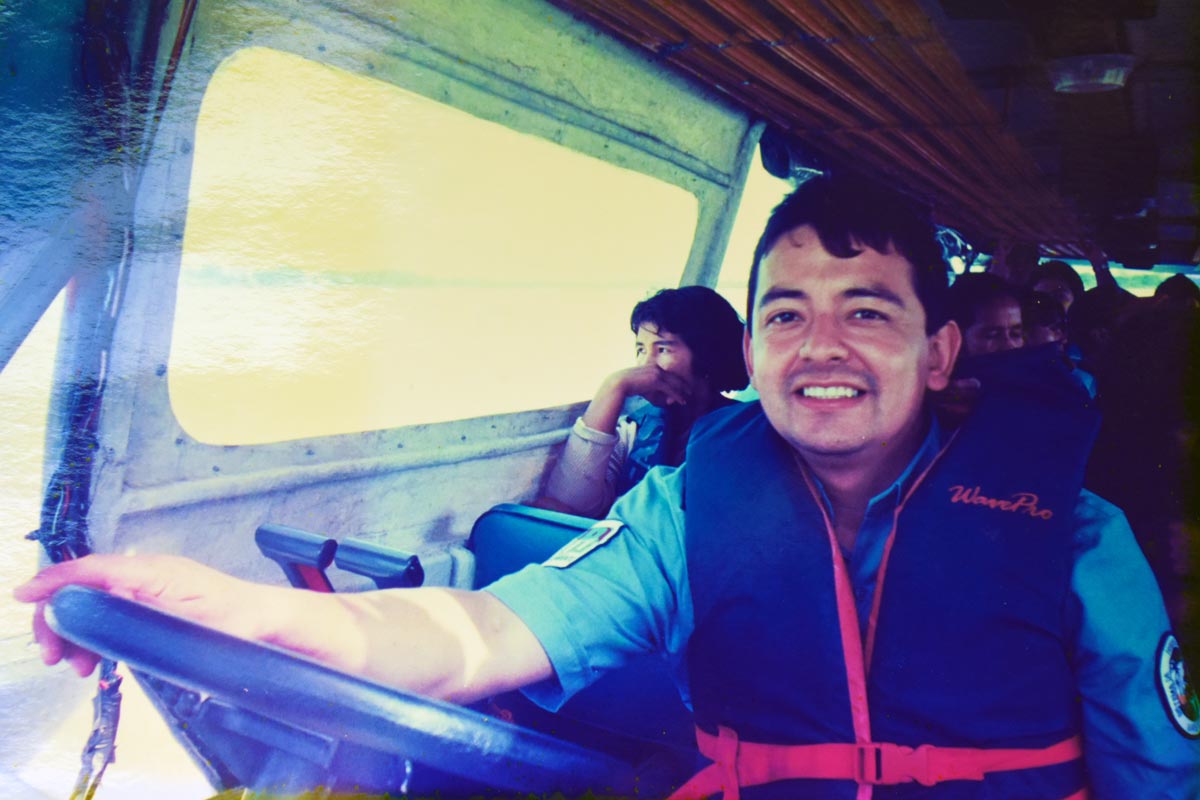
In 2008 La Macarena was still the setting of intense confrontations between the military, guerrillas, and other paramilitary groups. Duarte had been working in Colombia’s National Parks system for 13 years. His work had begun in the national park adjacent to Bogotá that protects the Sumapaz paramo (moorland) at the top of the mountain range. From there he moved to Los Picachos, which safeguards the transitional forests that connect the Andes and the jungle. He finally arrived in La Macarena after separating from his wife and requesting a transfer to be closer to his daughter Stephanía.
On Saturday, February 2, 2008, at about 8:30 p.m., Martín called his aunt, Carmen Elena Triana, whom he frequently visited in the nearby town of Granada. "Elenita, I am hurt,” he blurted. “Come pick me up," he told her in an urgent, intermittent voice. He did not answer his phone again. Although the circumstances around his death are still uncertain, evidence suggests that the same people he had seen two days before carrying a woman by force had gone to look for him and shot him in the back while he was working. "He didn’t receive a warning. They did not give him a chance. They shot him in the back," said his mother, Elsa Acero.
A traumatic trial
A month later, a military operation led by the Gaula, an anti-kidnapping unit of the Colombian Armed Forces, was able to rescue 22-year-old Libia Camila Domínguez. The kidnappers were demanding a one-billion-peso ransom (around US $500,000). Four men were captured, along with a small arsenal: an AK-47 rifle, a submachine gun, two grenades, two shotguns, and two revolvers. They were all convicted of extortion and aggravated kidnapping with sentences of up to 59 years.
The trial for Martín’s murder was so traumatic for the Duarte family that they stopped attending the hearings, afflicted by the constant procedural postponements. For them, the case looked solid and clear: Libia Camila testified from behind a one-way mirror that prevented her former captors to see her that one day after hearing a gunshot in the forest, one of the men told her they had had a problem with a "loud-mouthed" environmental engineer. "You know they’re looking for you and this man seems to have seen something, so he was shot", she recalled one of her captors telling her.
On April 28, 2014, six years after Martín’s assassination and despite a request from the Attorney General’s Office to convict all four suspects for aggravated homicide, a Bogotá court acquitted them due to an absence of compelling evidence.
Rangers in the middle of war zones
Being a park ranger in Colombia means much more than taking care of a national park. In a country ravaged by a 50-year-long war that left 220,000 dead and 8.8 million victims, it means having to deal with countless armed groups, often in open confrontation between each other, and to persuade these groups that park rangers are not a threat to them.
Even today park rangers must deal with a number of very complex problems: with vast illegal coca and opium poppy crops, with dredges and backhoes thirsty for hidden gold and coltan, with rampant deforestation deliberately seeking to “clear” the forest to sell precious wood or to ensure the illegal appropriation of public lands, or with anti-personnel mines planted to obliterate the legs of any human or animal who steps on them.
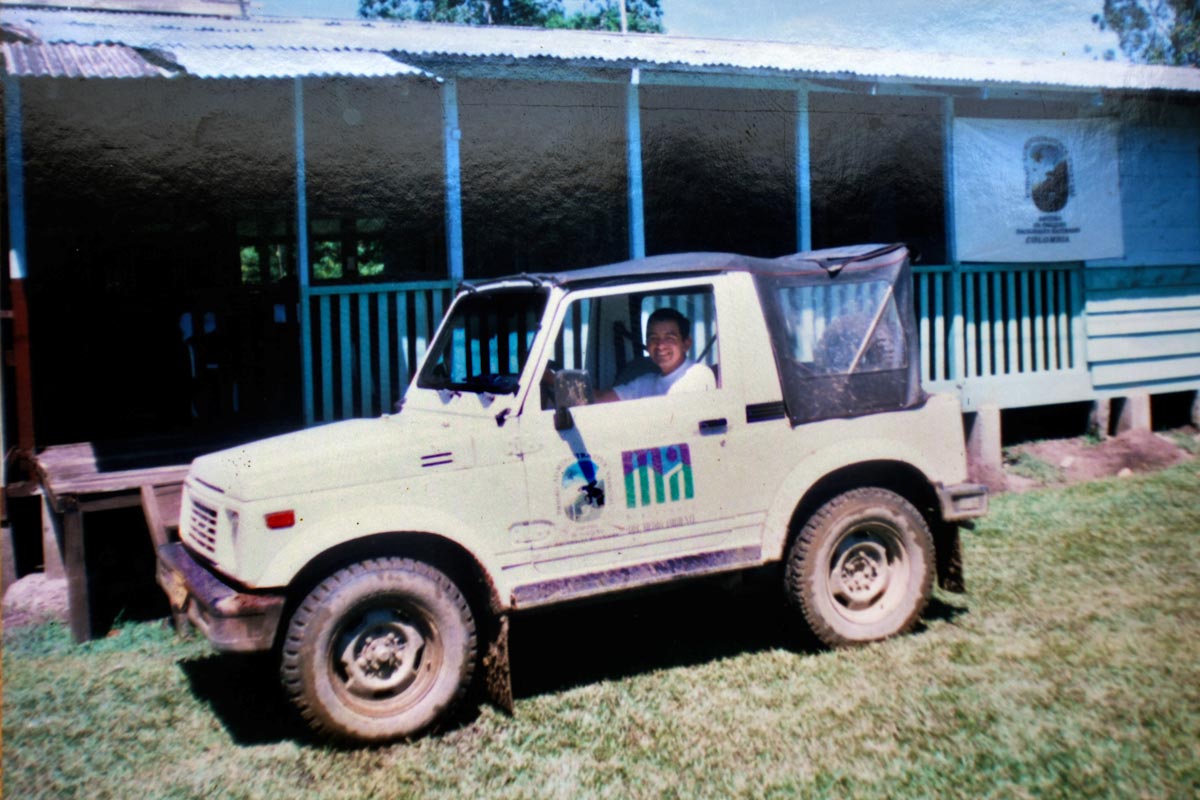
Martín was not the first, nor the last. The list of fallen park rangers is long and covers almost the entire geography of the country.
"The burden of being perceived as the State is highly unfair. We assigned park rangers surveillance and control tasks to deal with problems such as hunting, mismanaged tourism, or misuse of water as if we were in Yellowstone. It was never thought that armed with a uniform and a code of natural resources they would have to face guerrillas, paramilitaries, and criminal groups," said environmental lawyer Eugenia Ponce de León, former director of the Humboldt Institute and former environmental deputy at the State Ombudman’s Office.
A window of opportunity to find out the truth
The families of these park rangers have one thing in common: above all, they want to know exactly why they died. If one took the 27,000 proposals sent by victims to the peace negotiators in Havana as a reference, those who suffered most from violence wish to have the possibility of rebuilding their lives (34%) and having truth (16%), more than seeing justice (11%). "We really want to know what happened. Had he not made that call, bravely and fatally wounded, we would have no idea about what happened. We would still be looking for a missing person," said Javier Duarte, Martín’s older brother.
The Duarte family have heard several hypotheses about who Martín’s murderers were, but few certainties. One possibility mentioned was that in the La Macarena area, two of the acquitted detainees were FARC guerrilla members and the other two were civilians in cahoots with them. Another possibility was that the kidnappers were new guerrillas in the area, which would explain why Duarte’s identity was unknown to them.
Eleven years after Martín’s murder and two years after the peace accord that ensured 13,049 members of the FARC abandoned their weapons, new clues finally emerged. After comparing the names of the four men convicted for Libia Camila’s kidnapping with the official lists of demobilized FARC members, we found that one of them has connections with the former Marxist guerrilla group.
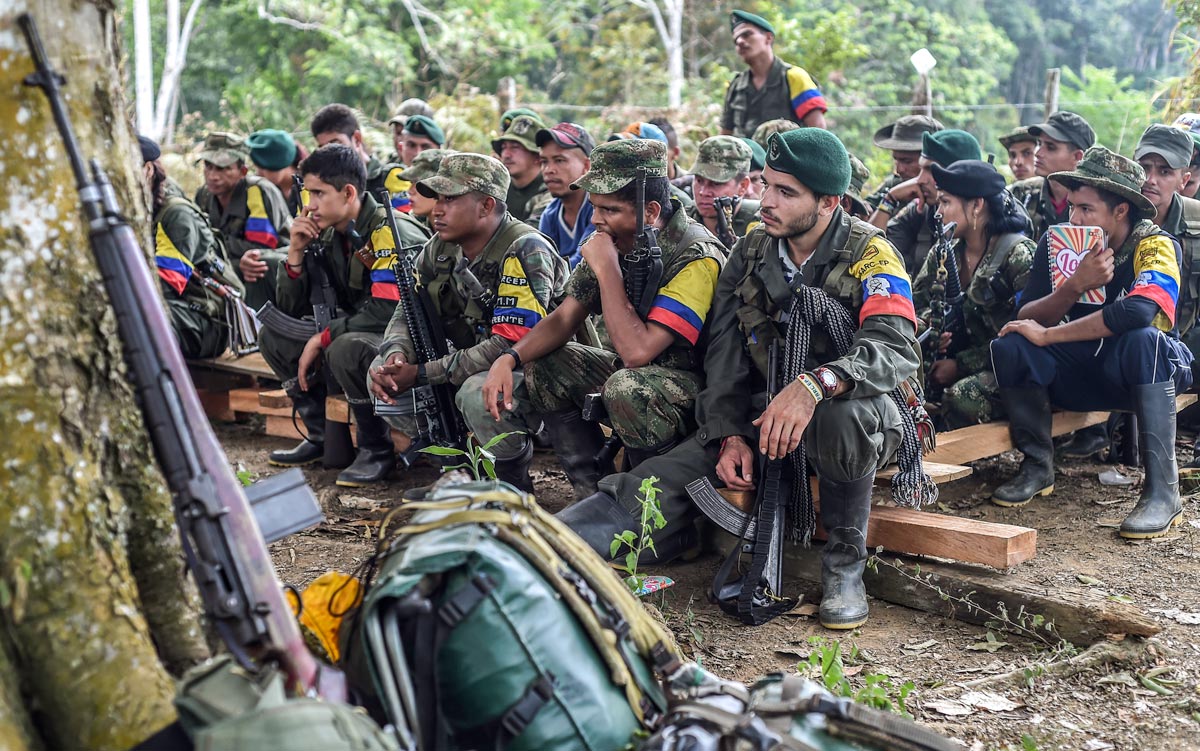
Elisein Pinto appears as one the 3,170 “persons deprived of liberty” (in the jargon of the peace agreement) in Colombian jails that FARC recognized in the lists of combatants they submitted. After due verifications, the Government accredited him as a member of FARC, a step that makes him a party to both the obligations and benefits of the deal.
This means that at least one of the suspects of Martín’s murder could help reconstruct the events that happened on February 2, 2008.
A comprehensive transitional justice system
This scenario is possible because the Colombian peace deal devised an innovative transitional justice system in which, instead of privileging some victims’ rights over others, Colombia chose to try to satisfy all of them.
Thanks to this formula, FARC former combatants may receive more lenient sentences for serious and representative crimes, such as murder and kidnapping, if – and only if – they meet three conditions: acknowledging their responsibility, telling the truth, and personally helping redress victims. With this model, Colombia seeks to fulfill its legal obligations as well as guaranteeing victims’ right to truth, justice, reparation, and non-recurrence.
In 2018, three institutions began working as part of this transitional justice system. The Special Peace Jurisdiction (or JEP) is in charge of investigating, prosecuting, and sanctioning the most serious crimes, while the Truth Commission is reconstructing what happened during conflict. Finally, the Disappeared Persons Search Unit is searching for approximately 45,000 missing persons.
The creation of this transitional justice system, which will only work between three and fifteen years, led several scientists in the environmental sector to ponder: What if the Special Peace Jurisdiction and the Truth Commission investigate the environmental damages caused by conflict, from attacks on pipelines to the murder of park rangers?
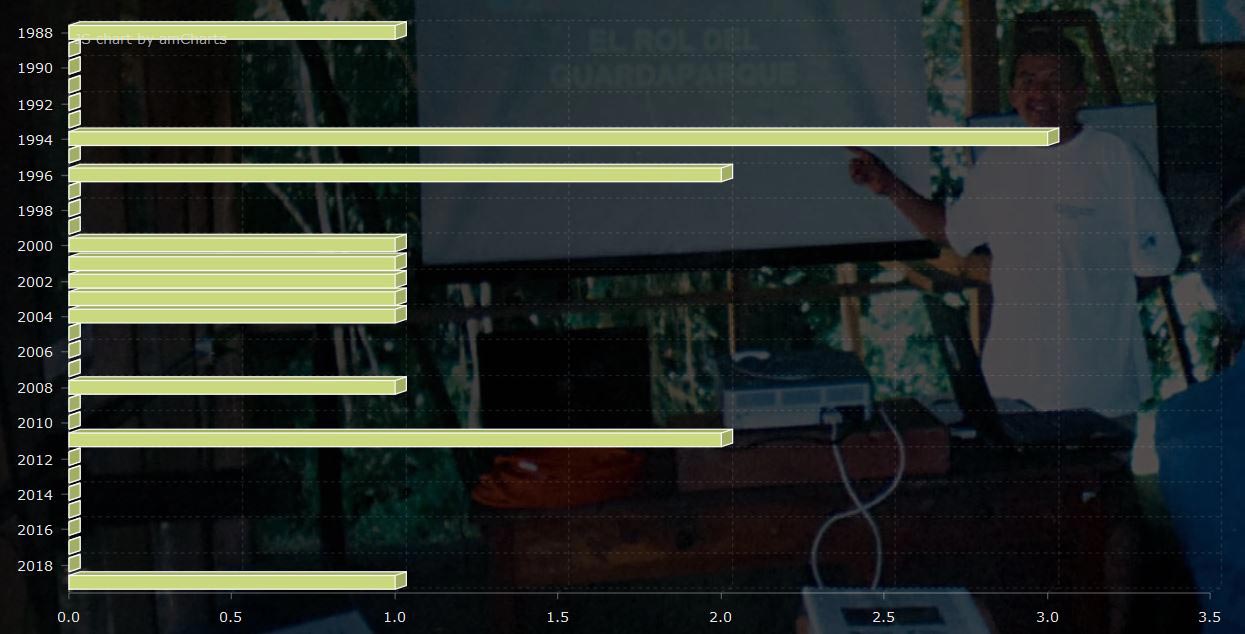
From past horrors to present threats
"Next to the horror of what happened during war, this seems like a minor issue but it isn’t. Our national parks have been mined, bombed, cultivated with coca, sprayed with glyphosate [to eradicate coca] polluted by mercury and oil spills, and have seen roads opened and their animals eaten," said Eugenia Ponce de León, who has worked with park rangers since she began her career three decades ago as a National Parks attorney.
She and other environmental lawyers drafted a legal analysis proposing that there is a unique opportunity today to measure the environmental cost of violence in the national parks. They are now persuading National Parks to formally propose the transitional justice system to open such a case.
One of their chief arguments is that the Rome Statute, which created the International Criminal Court and to which Colombia is a party, states that attacks which cause "extensive, lasting, and serious damage to the natural environment" could be considered war crimes.
"National parks have not only been the epicenter of war, but also harbor strategic resources: minerals, energy, an agro-industrial potential, and infrastructure possibilities. Despite the peace agreement, this collective heritage of all Colombians is once again in a position of suffering victimization, because those interests and those resources are still there," said Rodrigo Botero, director of the Foundation for Conservation and Sustainable Development (FCDS), who was the head of the regional office of National Parks in the Amazon for ten years.
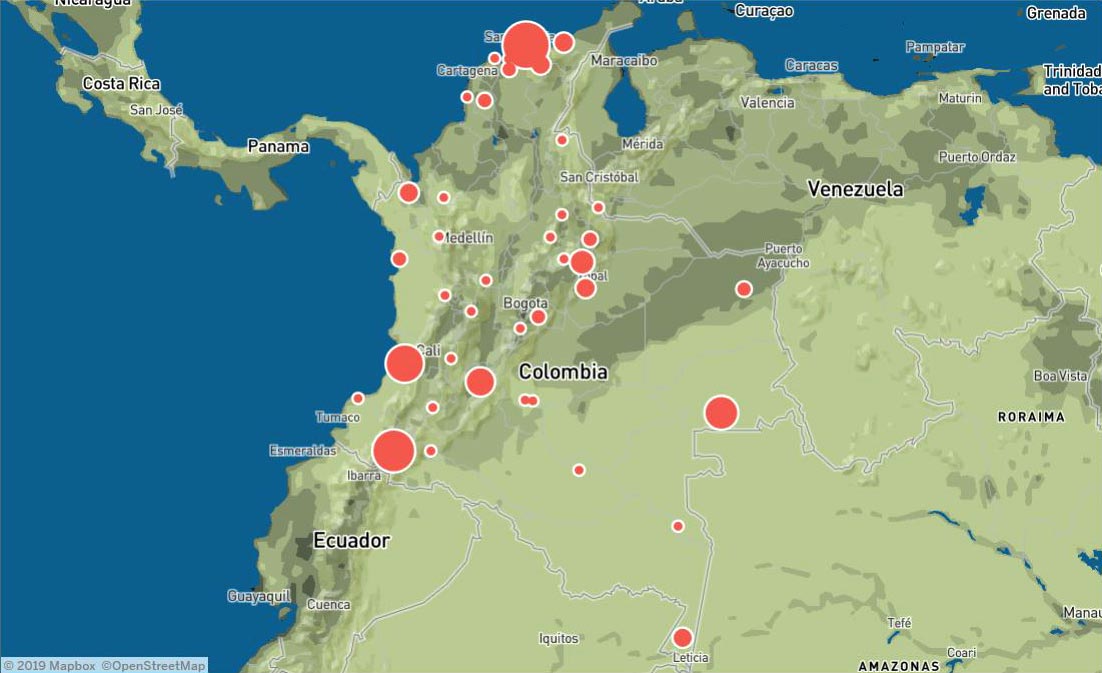
The environmental costs of war
They did not come up with this idea out of nowhere. The peace agreement mentions the possibility of reforestation being considered as a form of reparation to victims and a job opportunity for former combatants returning to civilian life. In addition, coca substitution programs include a plan to eradicate the 8,301 hectares of coca currently planted within 16 parks, including 2,832 hectares in La Macarena. Finally, the Truth Commission’s mandate included the need to clarify the impact that the conflict has had on Colombians’ constitutional right to a healthy environment.
"This is a long-standing debt in Colombia. We must accept the environmental costs that war left us. We have an opportunity to render them visible and see exemplary rulings can help us ensure these episodes never happen again," said Ponce de León.
If the idea gains traction and the special tribunal decides to open an environmental inquiry, Colombia could better understand the contradictory role played by guerrillas. For example, the FARC used to hide in the dense green carpet of the jungle and imposed environmental bans on hunting or logging, while at the same time blowing up oil pipelines and financing itself through criminal and predatory economies like coca crops and illegal mining.
If the environmental dossier reaches the special tribunal and the Truth Commission, many former FARC members, including Elisein Pinto, have a legal duty to tell the truth about cases like Martín’s.
The protectors of nature and communities
On the table in front of Elsa Acero lies a photo of Martín, smiling and wearing his blue ranger’s vest while riding a boat in Amacayacu National Park. "He did not deserve that [death] because he devoted his whole life to national parks. He was in love with his job," she said.
Over time, many of Martín’s objects have been lost. His notebooks and psychology books were given to a niece. His “tree lamp”, made in his free time from a tree stump, was thrown out because it took up much space. Only a poster of an Amazonian lotus and a handcrafted maraca made from a gourd survive.
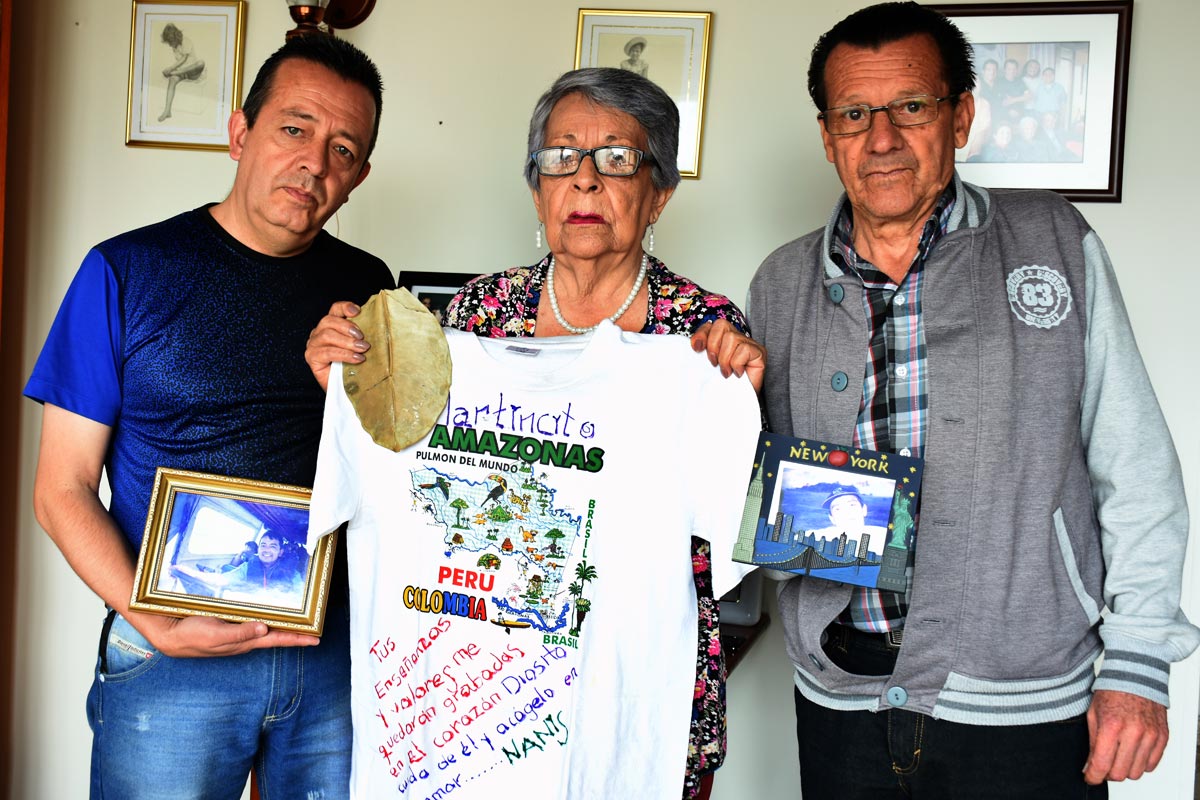
Disappointed by the State, the Duarte family decided not to seek legal recognition under the Victims Law passed by Juan Manuel Santos’s government in 2011 to identify and redress the 8.8 million victims of the Colombian conflict. Therefore, they are not counted in the statistics detailing the legacy of atrocities that half a century of violence left behind.
Although the victims’ registrar closed in 2015, some legal experts believe that an extraordinary two-year extension for reasons of force majeure should apply to victims of the FARC, given that many live in regions where there were no conditions to denounce what happened to them. That period, which would have begun with the end of FARC’s disarmament in August 2017, will end for the Duarte family in six months.
In the end, what do the families like those of Martín, seek? "It is an open wound we feel every day. We mainly want Martín to be remembered," said José Venancio Duarte. For each family, the form this may take is different, but the background is the same: a plaque, the name of a rural school, their photo in a public building, a hall of fame showing – in Rodrigo Botero’s words – that "heroes wear not only [military], green but also [park ranger] blue.”
As Javier says, "Park rangers should be given the status that they have in other parts of the world: they are protectors of nature and communities, disseminators of life. But here, they are nobody."
LEARN MORE
This story, reported thanks to a Carter Center fellowship on mental and emotional health of victims of Colombia's armed conflict, is a short version of a longer report that was published as a part of the transnational Land of Resistants journalism project on violence against environmental defenders.


